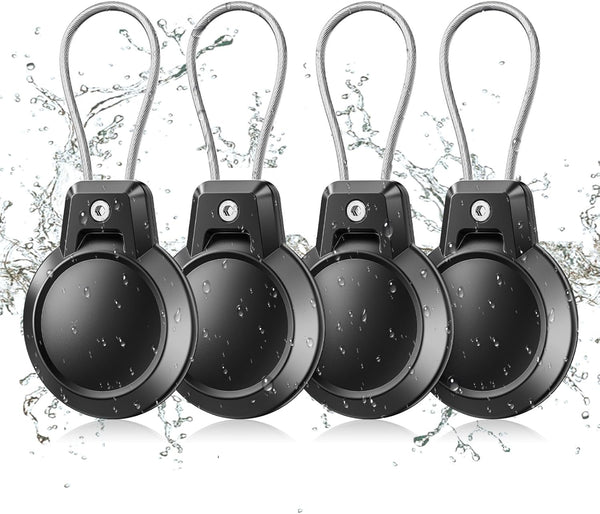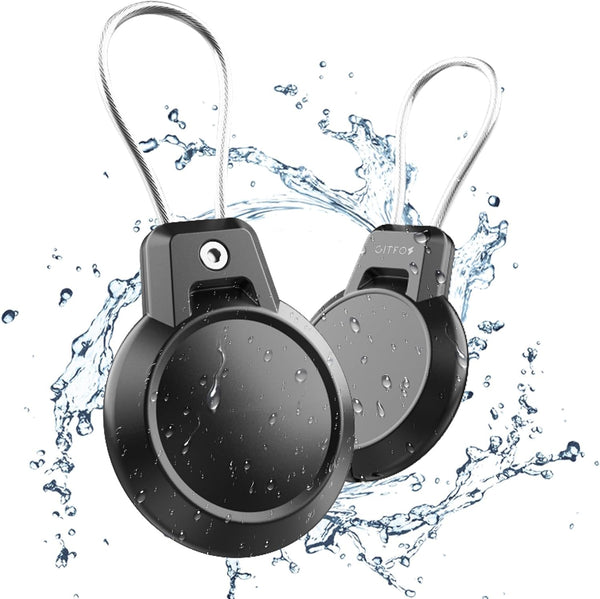Amazon link: https://www.amazon.com/dp/B09NNBJJGQ?th=1
Businesses around the world rely on printers every day to print a variety of items, including contracts, receipts, asset management labels, and more. It is critical for businesses to understand and choose the printer that fits their specific needs. For example, inkjet printers can print high-quality photos but lack the ability to print barcodes quickly and easily.
This article will introduce industrial thermal printers, the two most common types of printers available today, and provide information on the advantages and disadvantages of each, typical applications, and resources for choosing your next printer.
What is a Thermal Printer?
Unlike inkjet printers, thermal printers don’t spray liquid ink through a nozzle to produce images. Rather, thermal printers, like the Gitfos GFLP801 use tiny heating elements to activate or transfer pigments.
Industrial thermal printers are used most commonly to create labels, safety signs, wayfinding markers, barcodes, shipping labels, and other heavily used items.
How do Thermal Printers Work?
There are two distinct categories of thermal printers: Direct thermal printers and thermal transfer printers. Here’s a quick breakdown of how each works:
Direct thermal printers use chemically-treated paper that darkens when heated by a thermal print head. Direct thermal printers do not use separate ink, toner, or ribbon supplies. Direct thermal printers are most commonly used to print items such as receipts and shipping labels.
Thermal transfer printers use a thermal print head to transfer a solid ink from a ribbon onto a label supply (usually made from vinyl, polyester, nylon, or other thicker materials) to produce a permanent print. Ribbon is usually made from wax, resin, or a combination of the two, and is bonded to the label supply surface with heat and pressure.
What are the Advantages of a Thermal Printer?
There are several reasons to consider an industrial thermal printer for your facility. Here are a few advantages of investing in a thermal printer:
Durable: Labels and signs created with thermal printers last longer and stand up to a wider variety of weather conditions than those printed with ink.
Versatile: Thermal transfer printers can print documents, labels, and signs that meet various needs, including durable arc flash labels, text- and graphics-based floor marking, and labels meant for extreme conditions such as cold storage.
Less maintenance: With fewer moving parts, thermal printers tend to last longer, are easier to maintain, and run more reliably than inkjet printers.
What are the Disadvantages of a Thermal Printer?
For all the good that comes with using industrial thermal printers, they aren’t without disadvantages and drawbacks. Here are a few complications that may arise from using thermal printers.
Cost: The specialty materials used in the thermal printing process are considerably more expensive than their inkjet counterparts; even the most basic thermal printer may cost hundreds of dollars.
Color choice: Thermal printers print fewer colors, and the high heat limits wax and resin choices; both factors limit color and application options. (For these reasons, users cannot print high-quality photographs with thermal printers.)
Despite these disadvantages, Gitfos GFLP801 offers a Custom Label Service, which allows employers to design unique labels with up to four spot colors.
When Should You Use One Printer Over the Other?
With so many printer choices and label standards, it can be tough to know when one type of printer is better suited than the other.

















